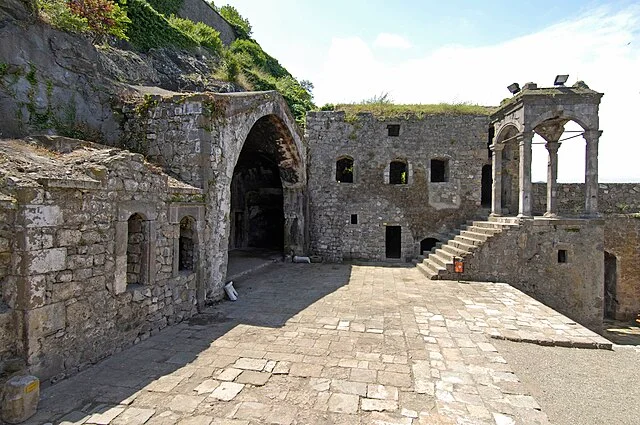The Panagia Theoskepastos Monastery, situated on the outskirts of Trabzon in northeastern Turkey, is a significant Byzantine site. Established in the mid-14th century AD, it functioned as a Greek Orthodox monastery under the Empire of Trebizond, which ruled the region from AD 1204 to 1461. The monastery is dedicated to the Virgin Mary, also referred to as “Theoskepastos” or “God-covered,” a name that reflects the protection and reverence associated with the site.
Get your dose of History via Email
Historical Background
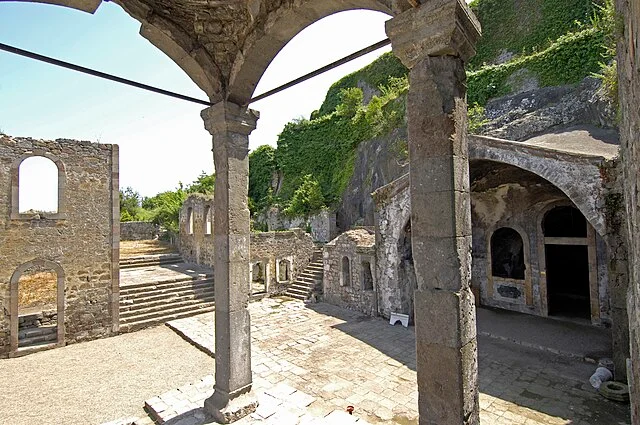
Founded during the reign of Emperor Alexios III of Trebizond (r. AD 1349–1390), the Panagia Theoskepastos Monastery was one of the empire’s most prominent religious and cultural institutions. The Empire of Trebizond was a successor state of the Byzantine Empire, established after the Fourth Crusade’s capture of Constantinople in AD 1204. Despite its relatively small size, the empire maintained a strong cultural identity, supporting monastic sites like Theoskepastos that preserved Byzantine religious traditions and art.
The monastery served as a religious center for both local worshippers and travelers seeking solace. The Virgin Mary held a central place in the monastery’s devotion, seen in both religious practices and the iconography present in the monastery’s art.
Architecture and Layout
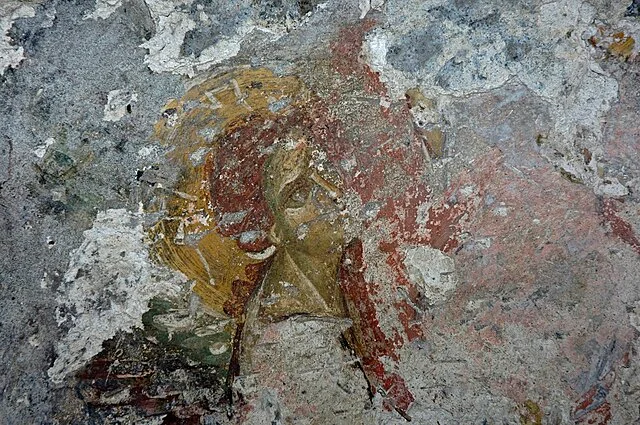
The Panagia Theoskepastos Monastery is built into the steep slopes of Boztepe Mountain, overlooking Trabzon and the Black Sea. This location provided both seclusion and strategic visibility, enabling monks to observe their surroundings while maintaining a quiet, monastic life. The complex consists of a main church, additional monastic cells, and ancillary rooms. The layout reflects typical Byzantine monastic architecture, with the main church as the spiritual center.
The main church is carved directly into the rock, a feature that aligns with other Byzantine cave monasteries. This construction style provided natural insulation and protection from the elements. Inside, visitors can observe the monastery’s rich frescoes, which depict scenes from the life of Christ and the Virgin Mary. These frescoes, painted in vivid colors, offer a view into Byzantine artistic styles and theological themes.
Frescoes and Art
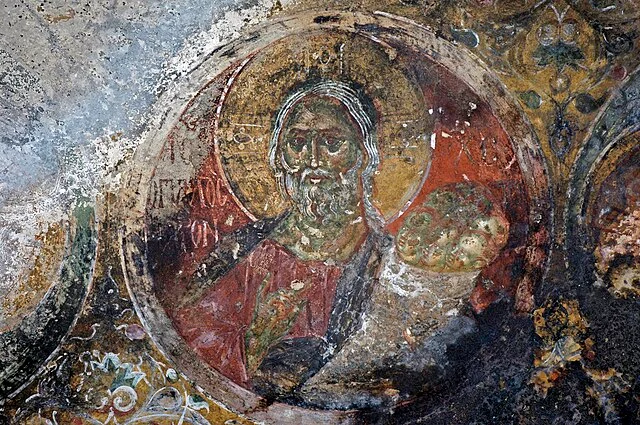
The frescoes of Panagia Theoskepastos are among its most defining features. They are believed to date primarily from the mid-14th century AD and reflect the influence of Byzantine art during this period. The murals show scenes from both the New Testament and Byzantine religious tradition, with an emphasis on the Virgin Mary’s role as protector. The colors and stylistic details indicate a sophisticated artistic tradition that flourished in the Empire of Trebizond.
These paintings serve as a visual record of religious narratives and beliefs central to Byzantine Orthodox Christianity. They also reflect the theological emphasis on intercession, a common theme in Byzantine art where saints and the Virgin Mary mediate between the divine and the faithful.
Decline and Later History
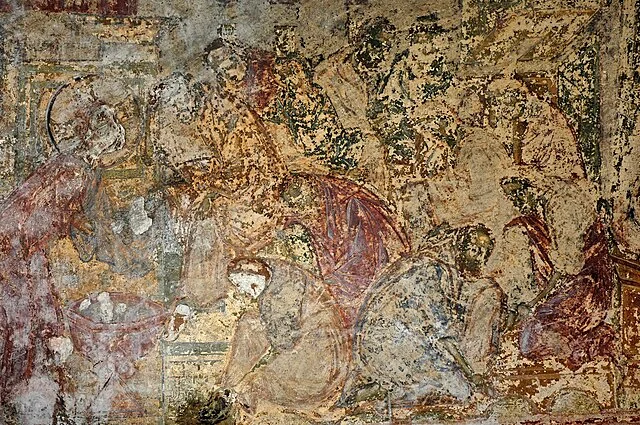
The fall of the Empire of Trebizond in AD 1461 marked a turning point for the Panagia Theoskepastos Monastery. When Sultan Mehmed II’s Ottoman forces captured Trebizond, many Christian institutions in the region faced decline. However, the monastery continued to function intermittently under Ottoman rule, as some religious sites were tolerated.
In later centuries, the monastery experienced periods of both use and abandonment. By the 19th century, it had largely fallen into disrepair, though it remained a pilgrimage site for local Greek Orthodox Christians until the early 20th century. After the population exchange between Greece and Turkey in 1923, the monastery ceased its religious function.
Restoration Efforts
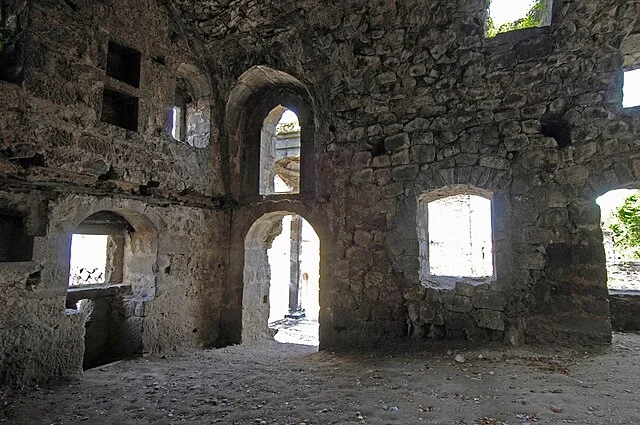
Efforts to preserve Panagia Theoskepastos Monastery began in the late 20th century. Restoration projects aimed to stabilize the structure and restore its frescoes. The Turkish government and cultural organizations have worked to maintain this site as a historical monument, recognizing its importance for both Byzantine heritage and Turkish cultural history.
The frescoes underwent conservation work to prevent further deterioration. However, the monastery’s position on a rocky cliff makes preservation challenging, as natural erosion impacts the structure. Today, Panagia Theoskepastos stands as a testament to the Byzantine Empire’s cultural and religious legacy in northeastern Turkey.
Cultural Significance

The Panagia Theoskepastos Monastery remains an important symbol of the Byzantine Orthodox tradition. Its enduring architecture and frescoes provide insights into medieval Byzantine life, spirituality, and art. The monastery’s dedication to the Virgin Mary underscores her central role in Orthodox Christianity, where she is revered as a protective figure.
The Panagia Theoskepastos Monastery is not only a historical landmark but also a representation of a rich cultural period in Trabzon’s history. Visitors and researchers alike continue to study its art and architecture to gain a deeper understanding of Byzantine religious practices and monastic life.
Conclusion
The Panagia Theoskepastos Monastery stands as a historical and architectural relic of the Byzantine era in the Empire of Trebizond. From its foundation in the 14th century AD to its present-day status as a preserved monument, it illustrates the depth of Byzantine cultural and religious life. The frescoes, rock-hewn architecture, and historical significance of Panagia Theoskepastos offer a unique perspective on the enduring legacy of Byzantine Orthodox Christianity in the region. Through continued preservation efforts, this monastery will remain an important site for understanding Byzantine influence in northeastern Turkey.
Source:

